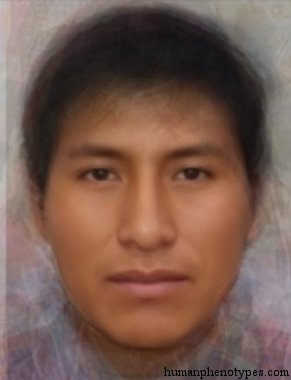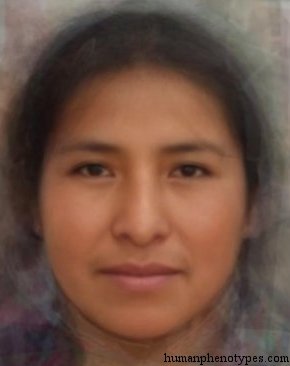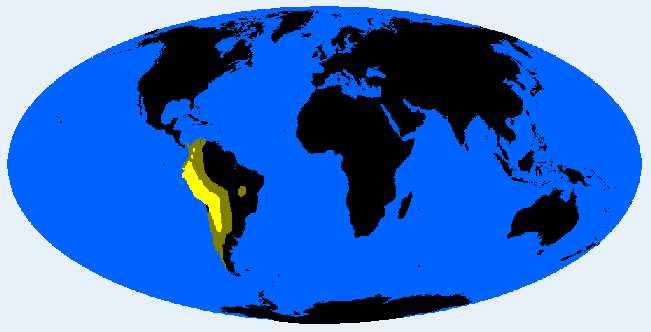Description:
South American group, native to the Andean mountains. The most populous Native American type today with several million representatives, constitutes an important population element in Peru and Bolivia. Prior to contact with Europeans, frequent in the Inca civilisation. Like other Native Americans, the type developed through various Stone Age migrations across the Bering Strait. Bodies short and thick-set with a large thorax, an adaption to the high altitude, skull high and medium-wide to broad, forehead sloping, significant cheekbones, mild Mongoloid eye features. Prominent and long, often hooked noses, rather wide mouth, sturdy chin, straight hair, medium to dark olive-brown skin. The North Andids can be regarded as the most typical variety. Central Andids are more robust, fairer-skinned and flatter-faced. In the Chilean Andes a special South Andid variety with Patagonid influence is found.Names:
Andid (Eickstedt, 1937. 1952; Canals-Frau, 1950; Vogel, 1974; Knussmann, 1996), Andean (Debets, 1974; Alexeev, 1979), Sud-Pacifique (Vallois, 1968), Pueblo-Andida / Columbica (Biasutti, 1967), Andider (Lundman, 1943), Pueblo-Ándidos (Imbelloni, 1958), Ándidos (Canals Frau, 1950).





